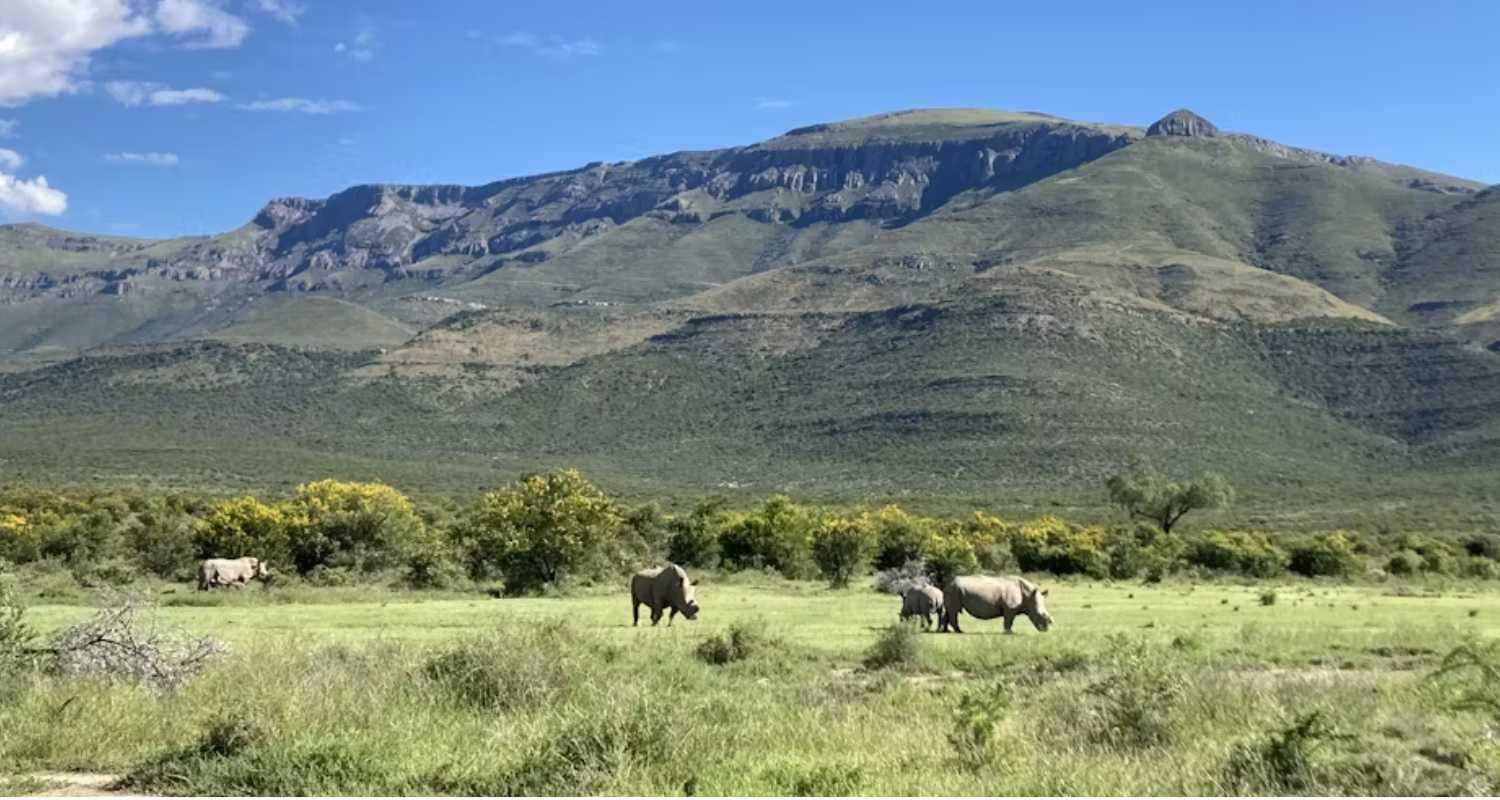The snouted cobra (Naja annulifera) is by far the largest cobra in the Lowveld, reaching 2,5 m in length. It is usually yellowish to dark brown or blue-black above with a yellow mottled belly but there is also a banded variety. Such individuals are blue-black with seven to eleven yellowish crossbars on the back.
Historically this was known as the Egyptian cobra as it used to be a subspecies, but further studies concluded that it is not closely related to the Egyptian cobra and it was elevated to full species, hence the new common name snouted cobra (wipneuskobra).

It inhabits arid and moist savanna and is common in Lowveld and bushveld areas. The snouted cobra often inhabits a permanent home in a termite mound where it will live for many years. Though occasionally encountered during the day it hunts at night, often venturing into poultry runs. It feeds on toads, rodents, birds and their eggs, lizards (including the rock monitor) and snakes, especially puff adders.
This snake is fond of basking in the morning sun, usually near its retreat and is quick to disappear if disturbed. If cornered it will lift as much as half of its body off the ground and form a wide, impressive hood. Like many other snakes it may also play dead, turning the front half of the body upside down with the mouth agape. Should one attempt to pick it up, it may bite.
Females produce up to 33 eggs in early summer, and the hatchlings measure around 30 cm in length.

The venom of this snake is both neurotoxic and cytotoxic and may rapidly affect breathing. Initial symptoms may include burning pain and swelling, but bites from this highly venomous snake are rare. In the event of a dog getting bitten by this snake it may need antivenom and should be taken to a vet urgently.
Johan Marais is one of Africa’s leading herpetologists and is CEO of the African Snakebite Institute. He is a best-selling author, a compulsive photographer, and a travel addict. Check out the website on www.africansnakebiteinstitute.com – get your FREE App on the link http://bit.ly/snakebiteapp











